Home>Dining>Tableware>Where Does The Coffee Cup Go In A Place Setting?
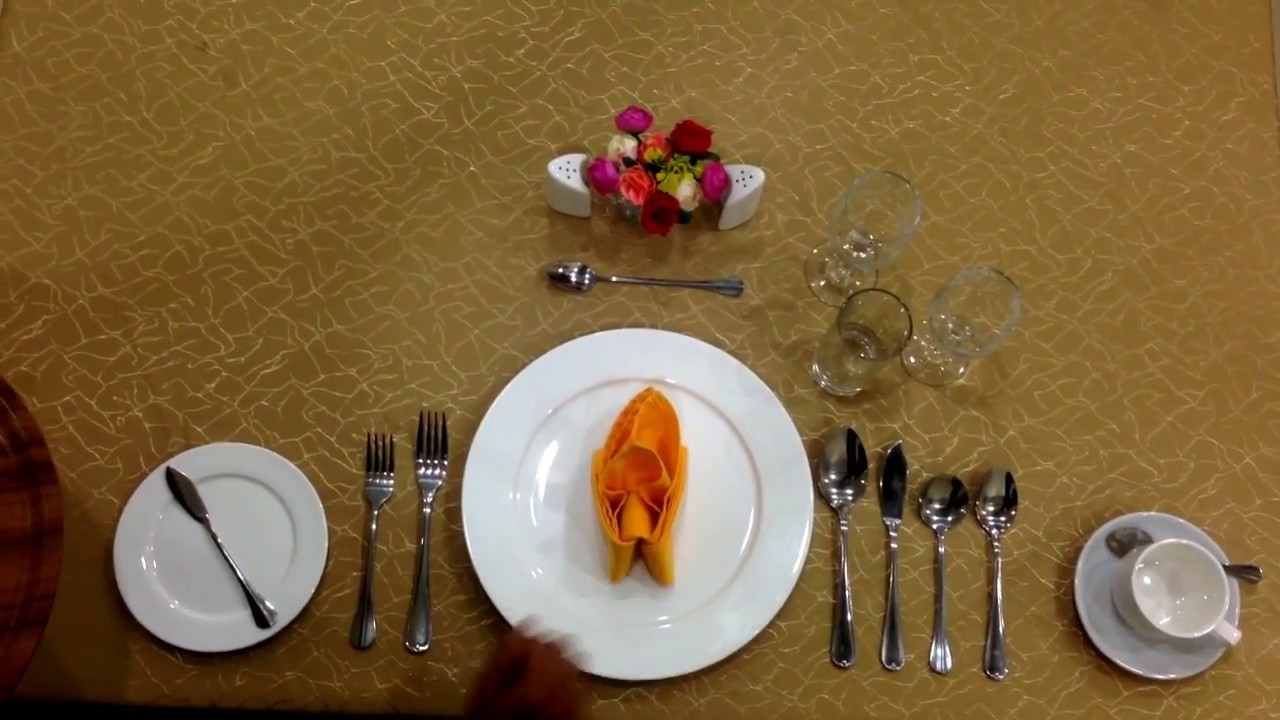

Tableware
Where Does The Coffee Cup Go In A Place Setting?
Modified: November 2, 2024
Learn proper tableware etiquette for placing a coffee cup in a formal setting. Discover where to position your cup to ensure a polished dining experience.
(Many of the links in this article redirect to a specific reviewed product. Your purchase of these products through affiliate links helps to generate commission for Storables.com, at no extra cost. Learn more)
Introduction
Welcome to the world of tableware where every piece is meticulously arranged to create an aesthetically pleasing and functional dining experience. Among the various components of a place setting, the placement of the coffee cup holds a significant role. Whether you are hosting a formal dinner party or enjoying a casual meal at home, understanding where the coffee cup goes is essential for a polished table setup.
In this article, we will delve into the intricate details of place settings and explore the different factors that influence the placement of the coffee cup. From traditional etiquette to modern trends, we will uncover the secrets behind the perfect positioning of the coffee cup in a place setting.
So, join us as we embark on a journey through the world of tableware and discover the art of coffee cup placement.
Key Takeaways:
- Traditional etiquette dictates placing the coffee cup to the right of the dinner plate, while modern trends allow for more creative and personalized placement options, reflecting the host’s style and personality.
- Factors such as table size, cultural traditions, formality, and personal preferences influence the placement of the coffee cup in a place setting, ensuring a visually appealing and functional dining experience.
Read more: Where Does The Fork Go In A Place Setting?
Understanding the Place Setting
Before we delve into the specifics of coffee cup placement, let’s first familiarize ourselves with the concept of a place setting. A place setting refers to the arrangement of tableware, including dishes, utensils, and glassware, that is laid out for an individual at a dining table.
Typically, a place setting consists of several components, each with its designated spot on the table. Understanding the different elements of a place setting is crucial for ensuring a well-organized and harmonious table setting.
The basic components of a place setting include:
- Dinner plate: Positioned at the center of the setting, the dinner plate serves as the foundation for the meal and is often the largest plate in the set.
- Salad/dessert plate: Placed above the dinner plate, this smaller plate is used for serving salads or desserts.
- Fork: To the left of the plate, the fork is one of the essential utensils and is typically placed closest to the plate.
- Knife: Positioned to the right of the plate, the knife is placed next to the fork.
- Spoon: Positioned to the right of the knife, the spoon completes the trio of essential utensils.
- Glassware: Situated above and to the right of the plate, the glassware consists of water and wine glasses, if applicable.
Now that we have a better understanding of the components that make up a typical place setting, let’s explore the intricate details of coffee cup placement.
Components of a Place Setting
As mentioned earlier, a place setting consists of various components that come together to create a visually appealing and functional table arrangement. Understanding the different elements of a place setting is essential for ensuring proper table etiquette and a seamless dining experience. Let’s explore the specific components in more detail:
- Dinner Plate: The dinner plate serves as the central piece of the place setting. It is positioned at the center of the setting and is typically the largest plate. This is where the main course is served.
- Salad/Dessert Plate: Situated above the dinner plate, the salad or dessert plate is smaller in size. It is used for serving salads or sweet treats, depending on the course of the meal.
- Fork: The fork is placed to the left of the dinner plate. It is one of the essential utensils and is used for picking up food. Depending on the number of courses, there may be multiple forks, with the outermost fork used first.
- Knife: Positioned to the right of the dinner plate, the knife is placed next to the fork. It is used for cutting and is typically the largest utensil in the place setting.
- Spoon: Placed to the right of the knife, the spoon completes the essential utensil trio. It is used for various purposes, such as stirring, scooping, or soup consumption.
- Glassware: The water and wine glass placement is typically positioned above and to the right of the dinner plate. The water glass is placed closest to the plate, followed by the wine glasses if required.
These are the fundamental components of a place setting that form the foundation of a well-organized table arrangement. However, there may be additional components, such as bread plates, butter knives, or soup spoons, depending on the specific meal and occasion.
Now that we have a better understanding of the various components of a place setting, let’s explore how to set your table, particularly focusing on the placement of the coffee cup in this arrangement.
Placement of Coffee Cup in a Place Setting
Among the many components of a place setting, the placement of the coffee cup is a crucial element that adds sophistication and functionality to the table arrangement. The position of the coffee cup may vary depending on cultural norms, formalities, and personal preferences. Let’s dive deeper into the various factors that influence the placement of the coffee cup in a place setting:
- Right Side Placement: Traditionally, the coffee cup is placed to the right of the dinner plate, next to the knife and spoon. This position allows easy access for right-handed individuals, as they can comfortably pick up the cup with their dominant hand. By positioning it close to the utensils, it is convenient for guests to use their spoon or stir their coffee.
- Above the Knife and Spoon: Another traditional placement option is to position the coffee cup above the knife and spoon, still on the right side of the plate. This placement allows for a symmetrical table arrangement and ensures that the coffee cup is easily accessible to both right-handed and left-handed individuals.
- Above the Plate: In some formal table settings, particularly in fine dining establishments, the coffee cup may be placed above the dinner plate. This placement creates a visually appealing arrangement, especially when accompanied by other speciality cups, such as a demitasse cup for espresso or a dainty teacup for tea.
- Optional Saucer Placement: Depending on the formality of the occasion and personal preference, the coffee cup may rest on a saucer. The saucer can be positioned either to the right of the cup or beneath it, providing an elegant touch to the place setting.
Ultimately, the placement of the coffee cup in a place setting is determined by personal taste, cultural customs, and the formality of the occasion. It is important to consider the overall visual balance and functionality of the arrangement, ensuring that guests can comfortably access their coffee without disrupting the flow of the meal.
Now that we have explored the various factors that influence the placement of the coffee cup, let’s delve into some traditional coffee cup placement etiquette.
The coffee cup goes to the right of the place setting, above the knife and spoon. If there is a saucer, it should be placed under the cup.
Factors Influencing Coffee Cup Placement
When it comes to the placement of the coffee cup in a place setting, several factors come into play. These factors can differ based on cultural norms, personal preferences, and the formality of the occasion. Let’s explore some key factors that influence the placement of the coffee cup:
- Table Size and Shape: The size and shape of the dining table can play a role in determining the placement of the coffee cup. On larger tables, there may be more room for additional components, allowing for the coffee cup to be positioned above the dinner plate or symmetrical to the utensils. On smaller tables, the coffee cup might be placed to the right of the plate to optimize space.
- Cultural Traditions: Cultural customs and traditions can heavily influence coffee cup placement. For example, in some European countries, it is customary to place the coffee cup to the right of the plate, while in Asian cultures, it may be placed on a separate side table.
- Formality of the Occasion: The formality of the event can dictate the placement of the coffee cup. In formal settings, such as fine dining establishments or official banquets, the coffee cup may be placed above the dinner plate to create an elegant and sophisticated look. In more casual settings, the coffee cup may be positioned to the right of the plate for convenience.
- Personal Preferences: Ultimately, personal preferences of the host or the event organizer can influence the placement of the coffee cup in a place setting. Some individuals may prefer a more traditional approach, while others may opt for a more modern and creative placement.
It is important to consider these factors when deciding on the placement of the coffee cup in a place setting. By taking into account the table size, cultural customs, formality of the occasion, and personal preferences, you can create a table arrangement that is visually appealing, functional, and respectful of traditions.
Next, let’s explore the traditional etiquette surrounding coffee cup placement in a place setting.
Traditional Coffee Cup Placement Etiquette
In formal dining settings, traditional etiquette has long played a significant role in dictating the placement of the coffee cup in a place setting. Following these established rules ensures proper table decorum and shows respect for traditional customs. Let’s take a closer look at some key aspects of traditional coffee cup placement etiquette:
- Position to the Right: The coffee cup is traditionally placed to the right of the dinner plate. It is positioned slightly above and to the right of the knife and spoon, making it easily accessible to the guest.
- Handle Placement: When placing the coffee cup, the handle should face towards the right side of the table, allowing the guest to comfortably pick it up with their right hand. This positioning also prevents any potential accidents or spills when reaching for the cup.
- Optional Saucer Placement: In formal settings, the coffee cup may be accompanied by a saucer. The saucer can be placed either to the right of the cup or directly beneath it. If the saucer is used, the coffee spoon can be placed delicately on it.
- Consistency and Symmetry: Consistency and symmetry are essential in formal table settings, so it is important to ensure that all coffee cups are placed at an equal distance from the dinner plate and aligned with one another. This helps create a visually pleasing and harmonious table arrangement.
By adhering to these traditional coffee cup placement etiquette guidelines, hosts can create an elegant and sophisticated atmosphere at formal events. However, it is essential to note that modern trends and personal preferences have also influenced the placement of the coffee cup in recent years.
Now let’s explore some of the modern coffee cup placement trends that have emerged in contemporary table settings.
Modern Coffee Cup Placement Trends
In recent years, as dining styles and table settings have evolved, so too have the trends surrounding the placement of the coffee cup in a modern setting. These trends reflect a more creative, personalized, and relaxed approach to table arrangement. Let’s explore some of the modern coffee cup placement trends:
- Alternative Placement: Instead of strictly adhering to the traditional right-side placement, modern trends have seen the coffee cup being positioned in alternative spots on the table. This includes placing it to the left of the plate or even in the center of the setting. This approach adds a unique touch to the table arrangement and can create a more visually interesting composition.
- Above the Plate: Inspired by fine dining establishments and elegant tablescapes, placing the coffee cup directly above the dinner plate has gained popularity. This placement creates a dramatic focal point and adds a touch of sophistication to the setting. It is often complemented by other specialty cups or glassware, such as a demitasse cup for espresso or a champagne flute for a post-meal toast.
- Mix-and-Match: Another modern trend is to mix and match different styles, shapes, and sizes of coffee cups within a place setting. This eclectic approach adds a playful and personalized touch to the table, allowing guests to choose a cup that suits their individual taste and preference.
- Casual and asymmetrical: For more relaxed and informal occasions, coffee cups can be placed in a casual and asymmetrical manner. This encourages a laid-back atmosphere and promotes a sense of comfort and familiarity among guests. Cups can be positioned at various angles, giving the table arrangement a more organic and effortless feel.
The modern coffee cup placement trends offer a departure from strict adherence to traditional etiquette and allow for a more creative and personalized table setting. By incorporating these trends, hosts can infuse their own style and personality into the dining experience.
Before we conclude, let’s summarize what we’ve learned about coffee cup placement in a place setting.
Conclusion
The placement of the coffee cup in a place setting is an important aspect of tableware arrangement, and it can greatly influence the overall aesthetic and functionality of the dining experience. Throughout this article, we have explored the various components of a place setting, including the dinner plate, utensils, and glassware, and how they interact with the coffee cup.
Traditionally, the coffee cup is placed to the right of the dinner plate, either above the utensils or aligned with them. However, modern trends have introduced more creative and personalized approaches, such as alternative placements, above the plate, mix-and-match styles, and casual asymmetry.
Factors like table size and shape, cultural customs, formality of the occasion, and personal preferences all play a role in determining the placement of the coffee cup. By considering these factors, hosts can create a well-balanced and visually appealing table setting that respects traditions and reflects their own style.
Whether you prefer to adhere to traditional etiquette or embrace modern trends, remember that the placement of the coffee cup should not only be visually appealing but also functional for guests to comfortably enjoy their coffee.
As table settings continue to evolve, it is important to find the right balance between tradition and personal style. The most important thing is to create an inviting and enjoyable atmosphere for guests, where they can savor their coffee in the company of friends and loved ones.
So, the next time you set your table, take a moment to consider the placement of the coffee cup. It is a small detail that can make a big difference in enhancing the overall dining experience.
Frequently Asked Questions about Where Does The Coffee Cup Go In A Place Setting?
Was this page helpful?
At Storables.com, we guarantee accurate and reliable information. Our content, validated by Expert Board Contributors, is crafted following stringent Editorial Policies. We're committed to providing you with well-researched, expert-backed insights for all your informational needs.
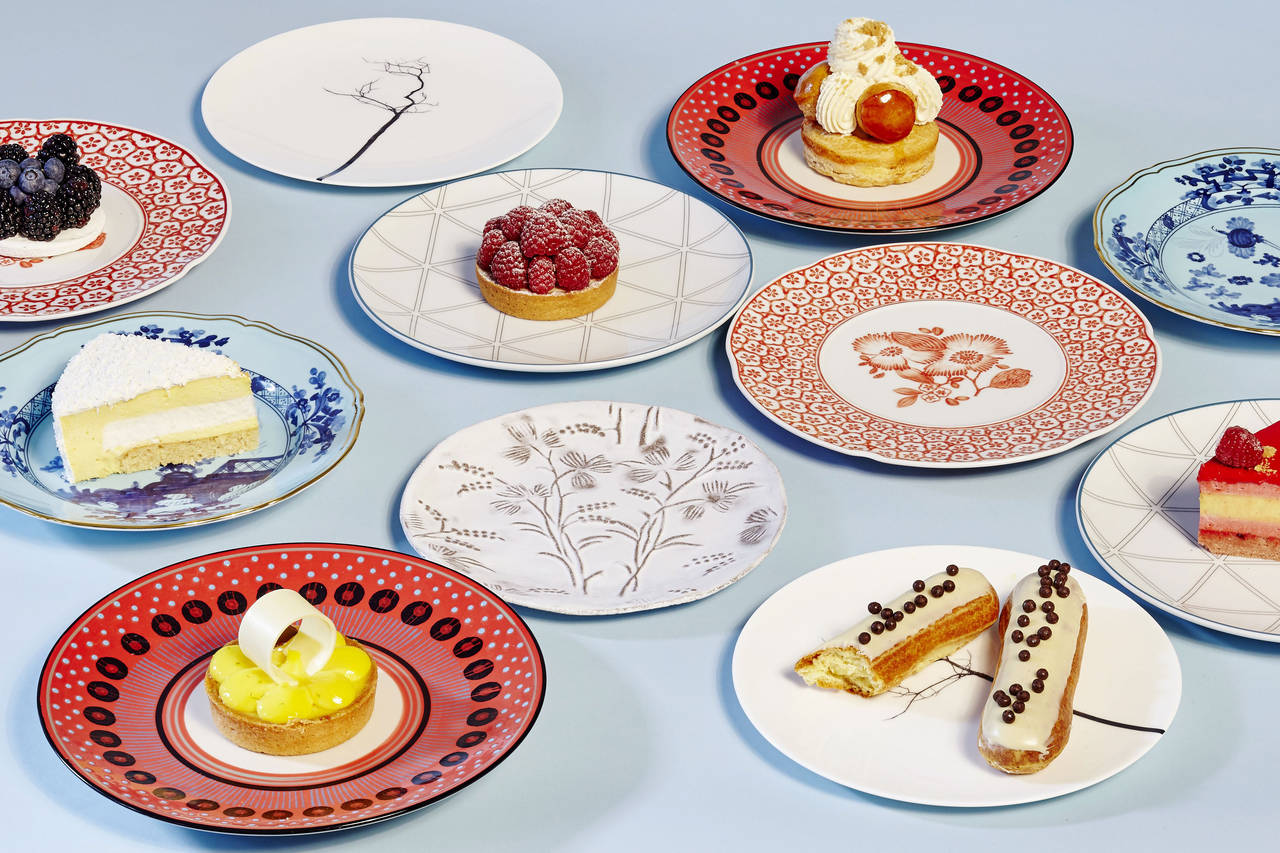
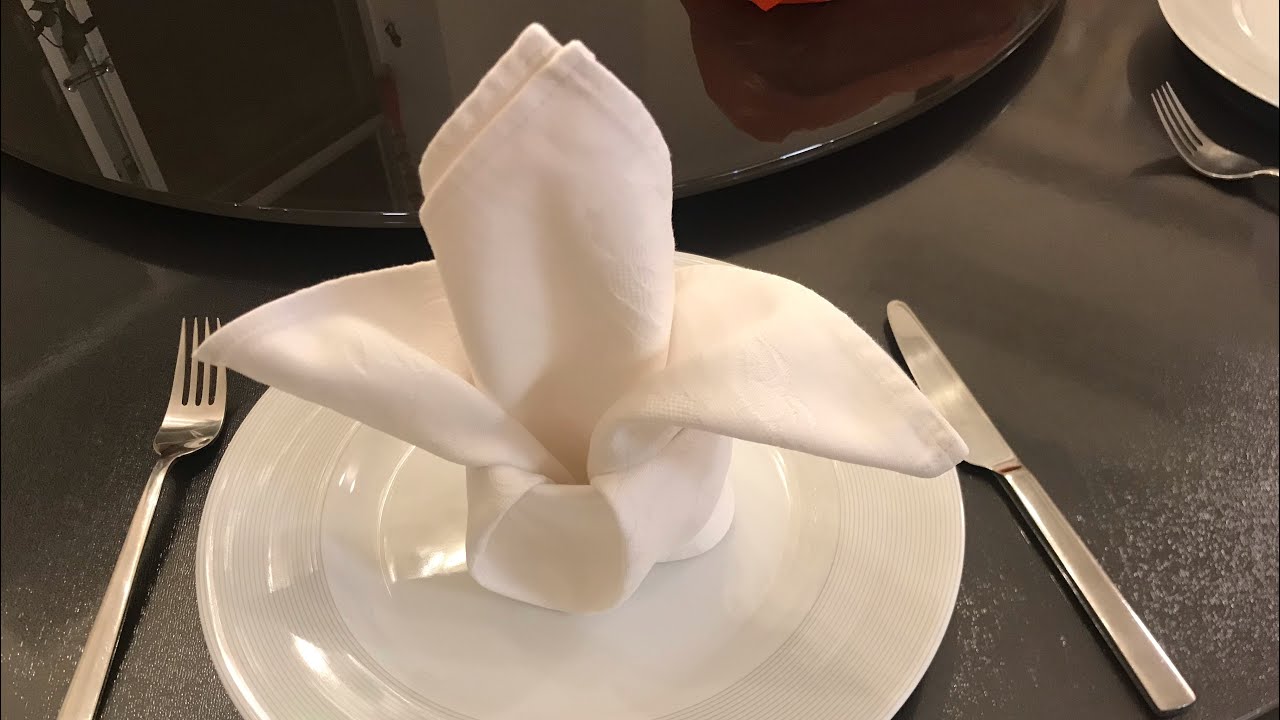
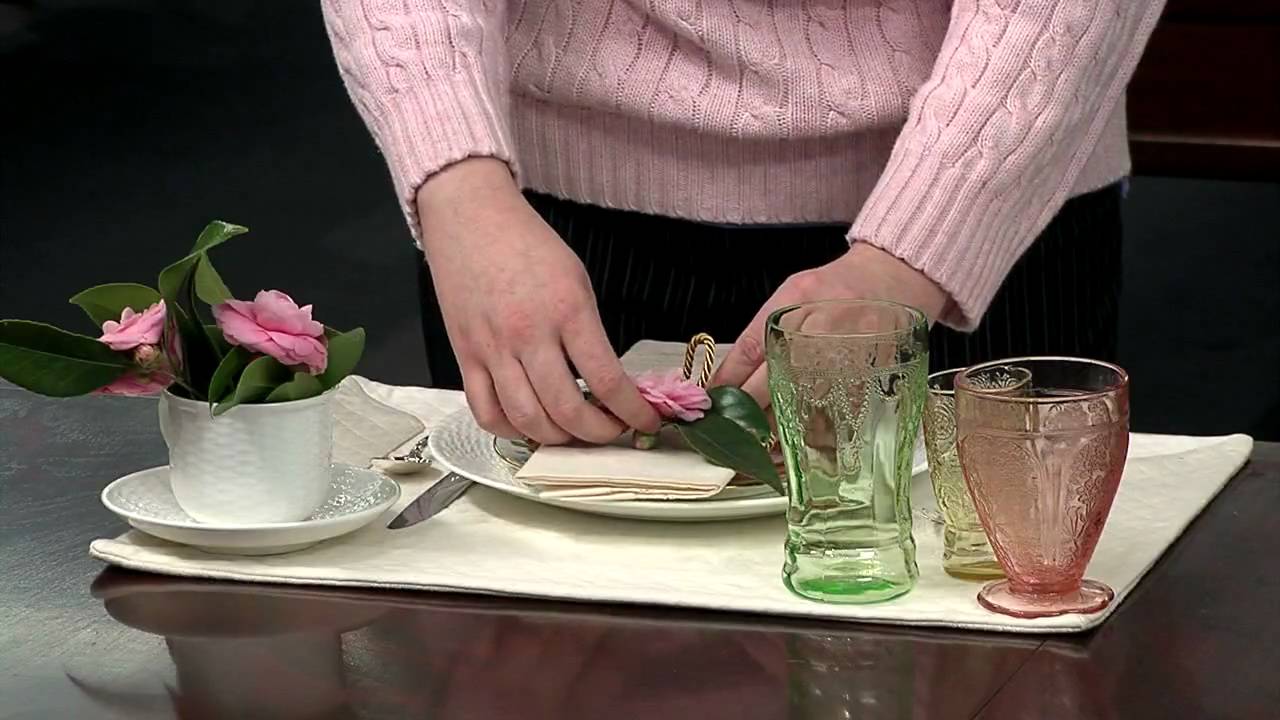
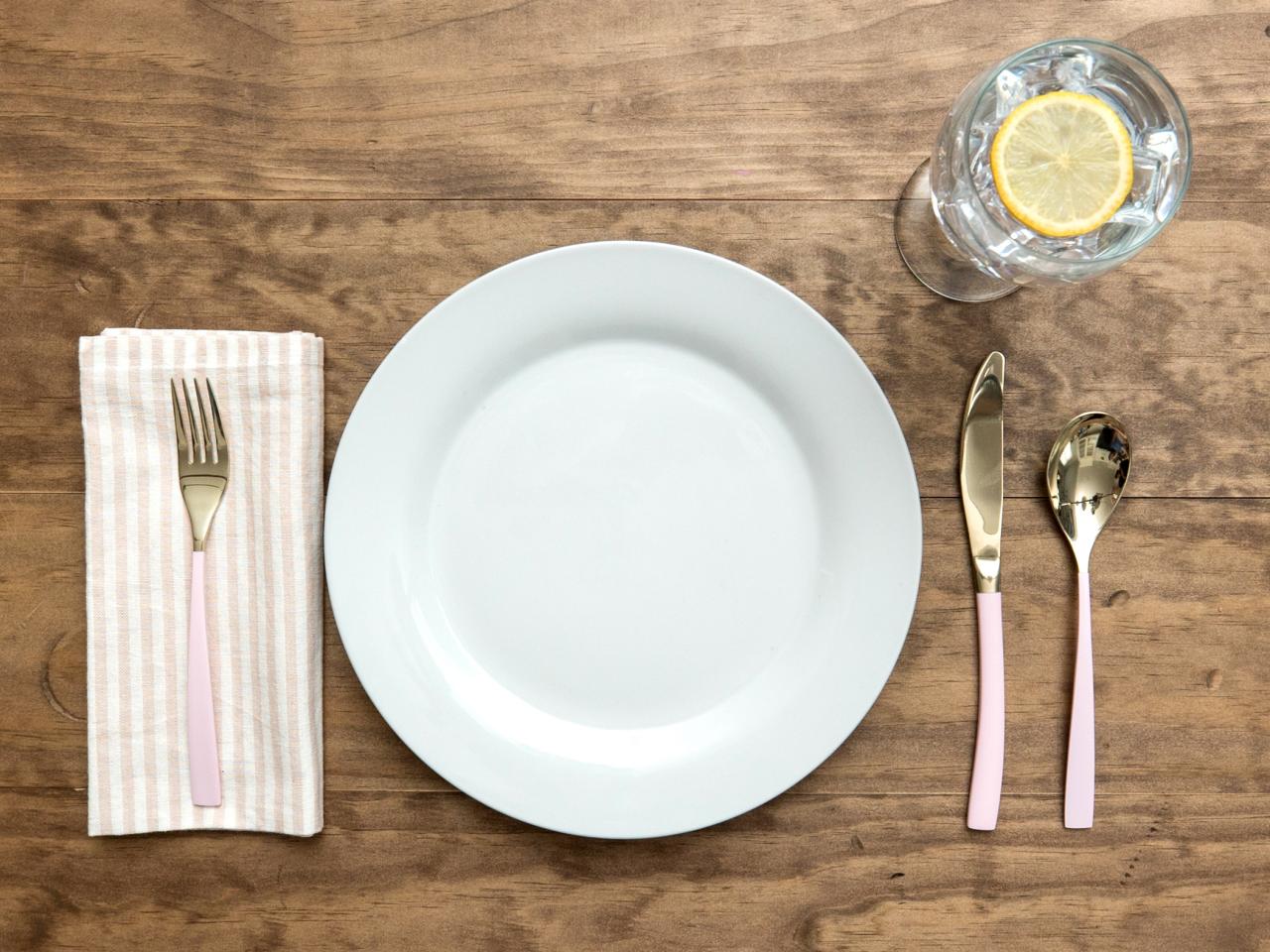
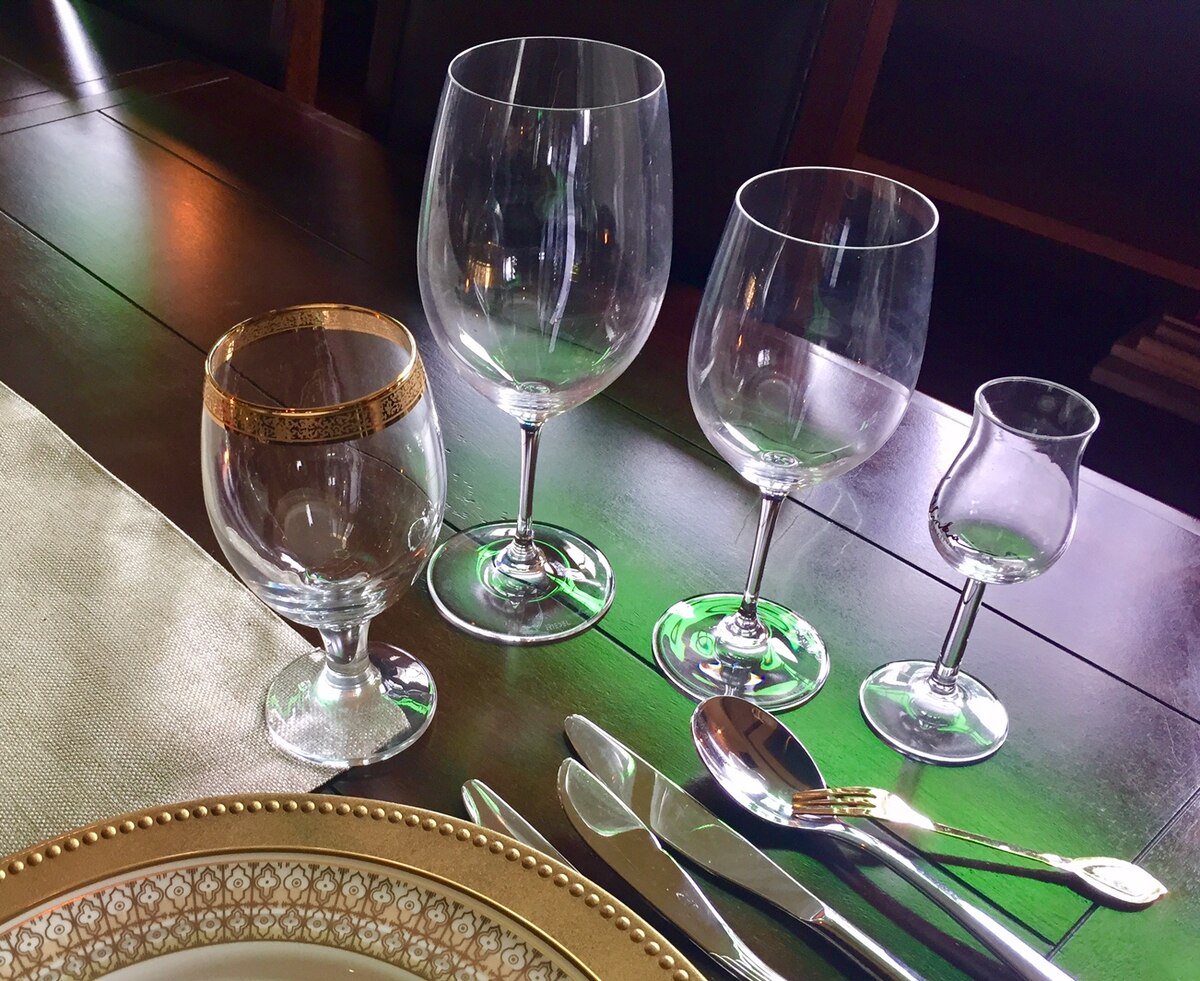
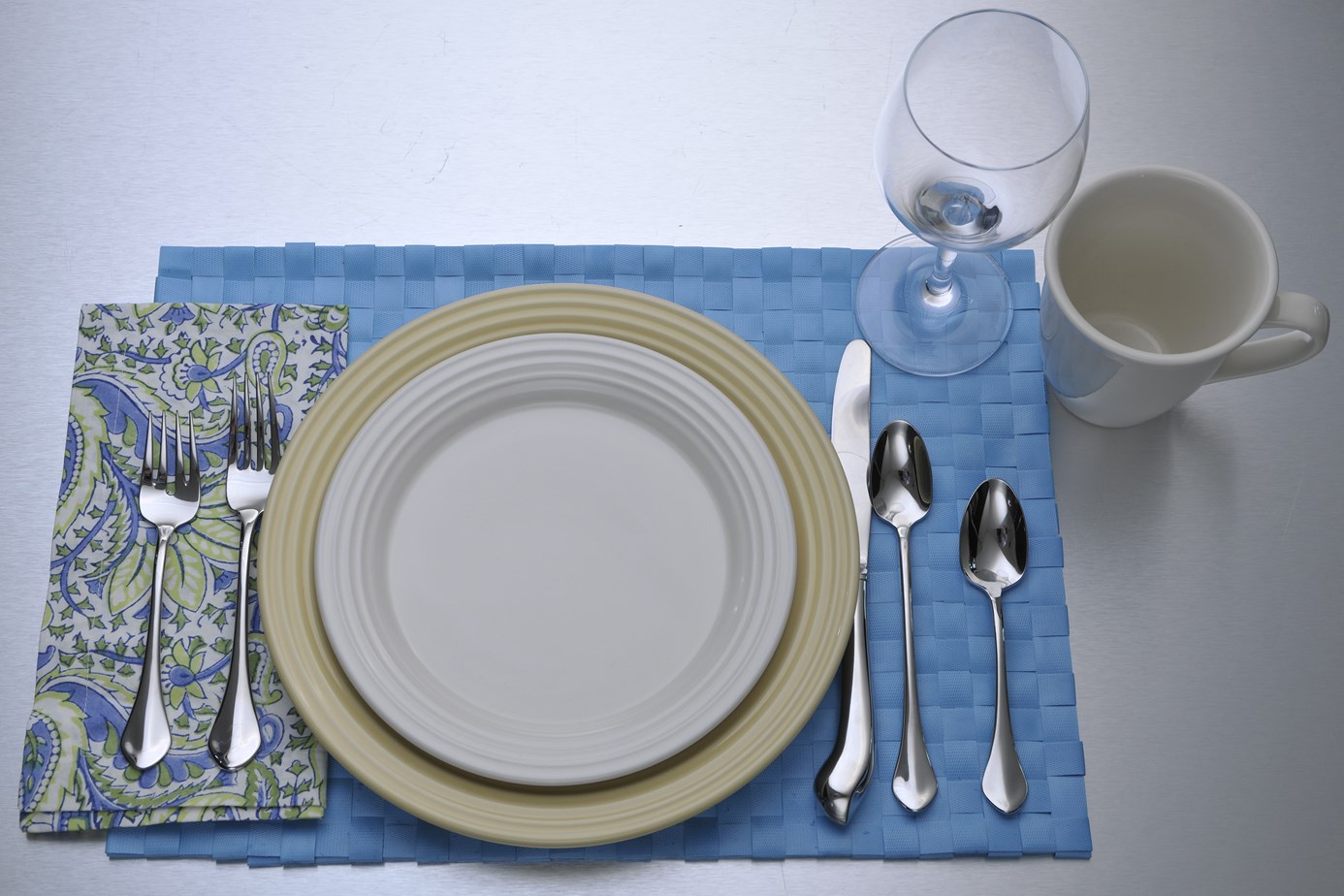
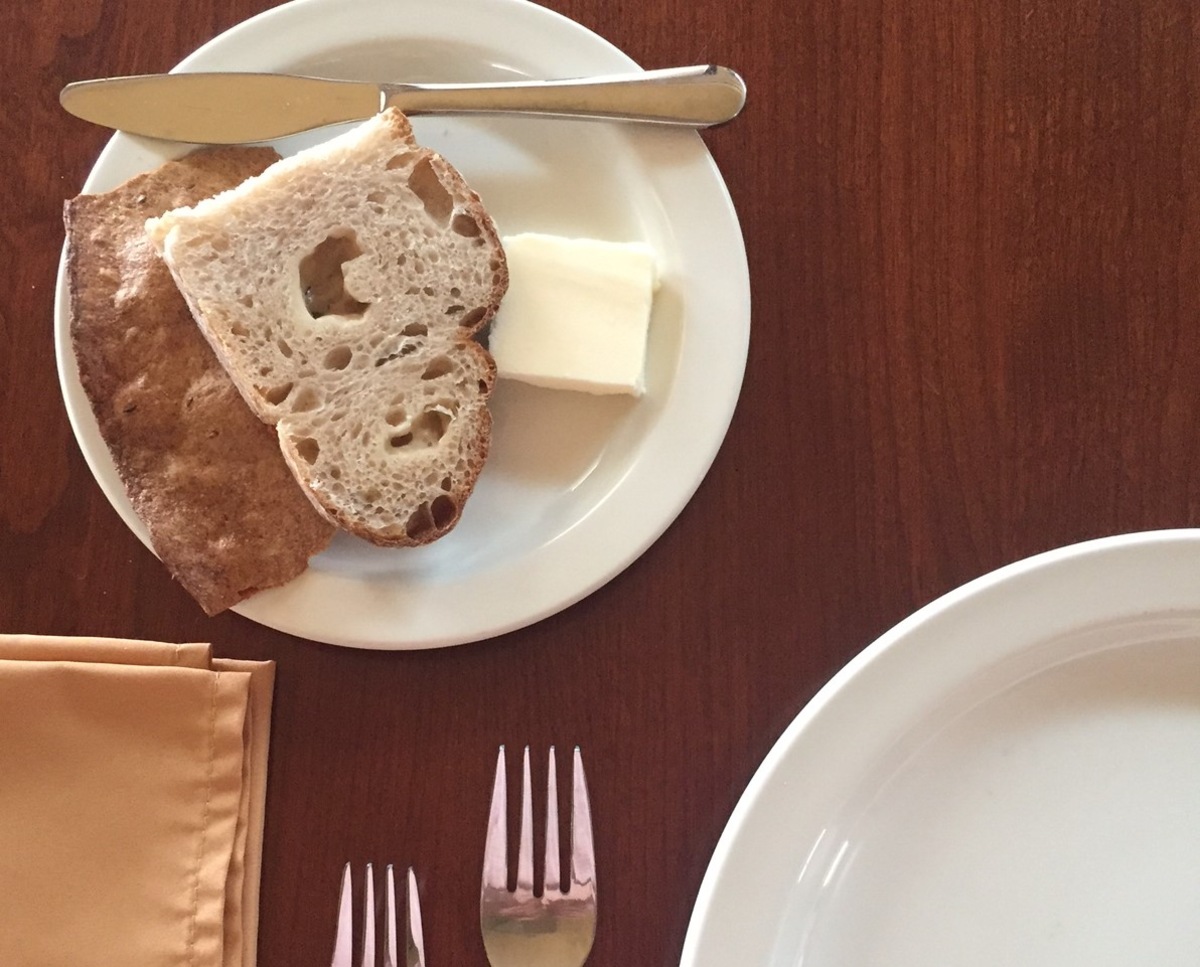
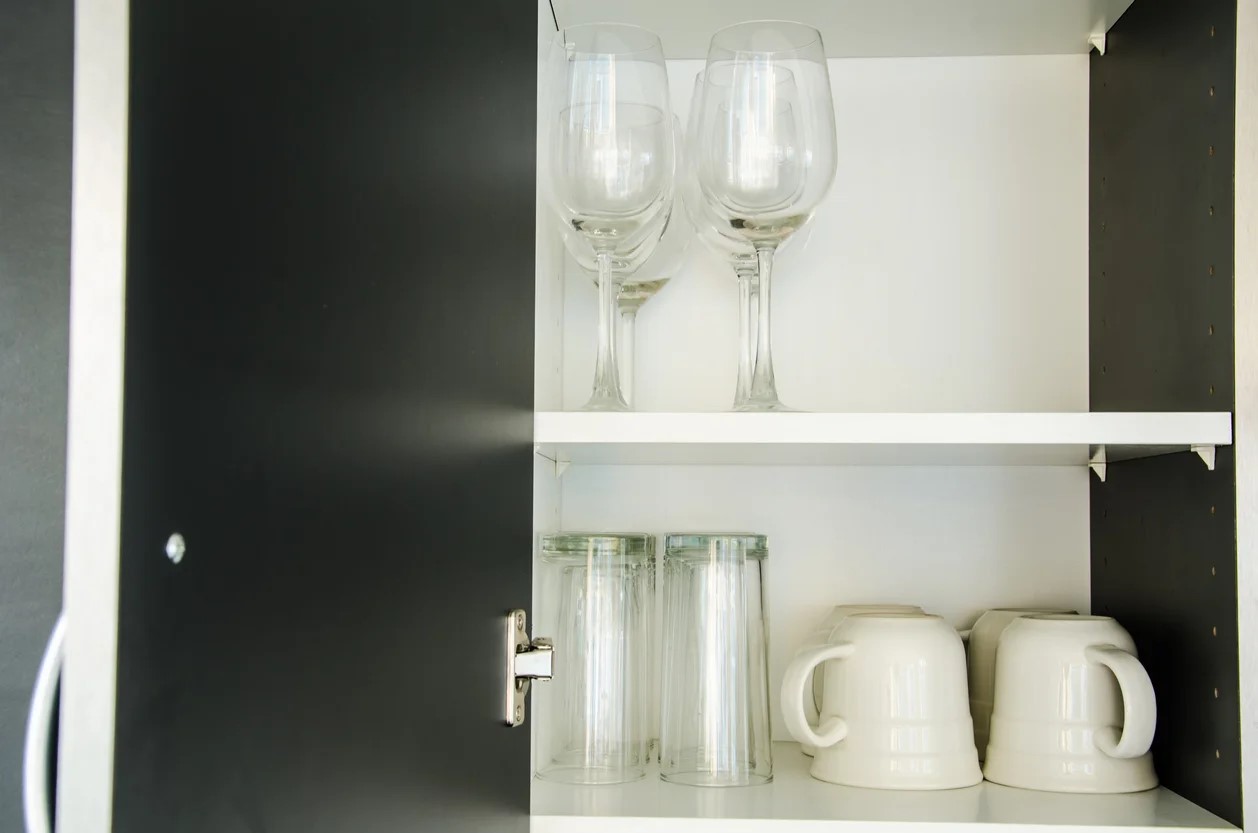
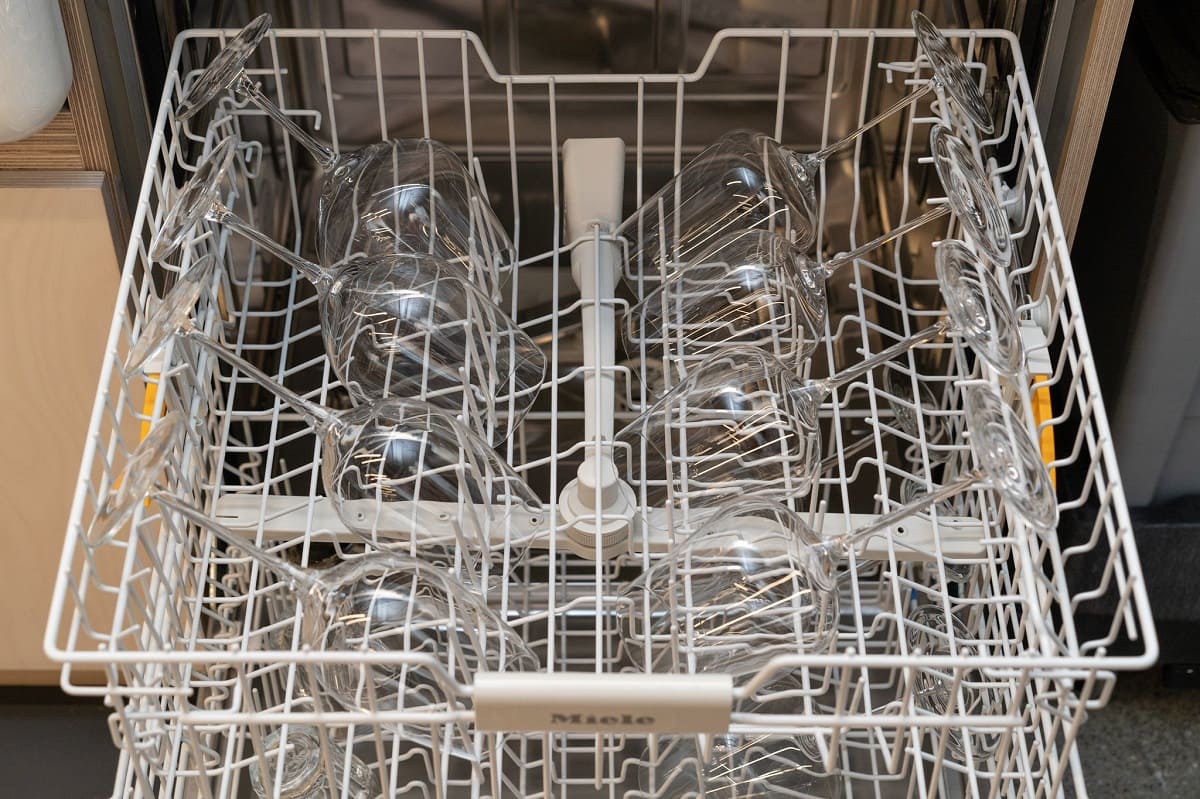
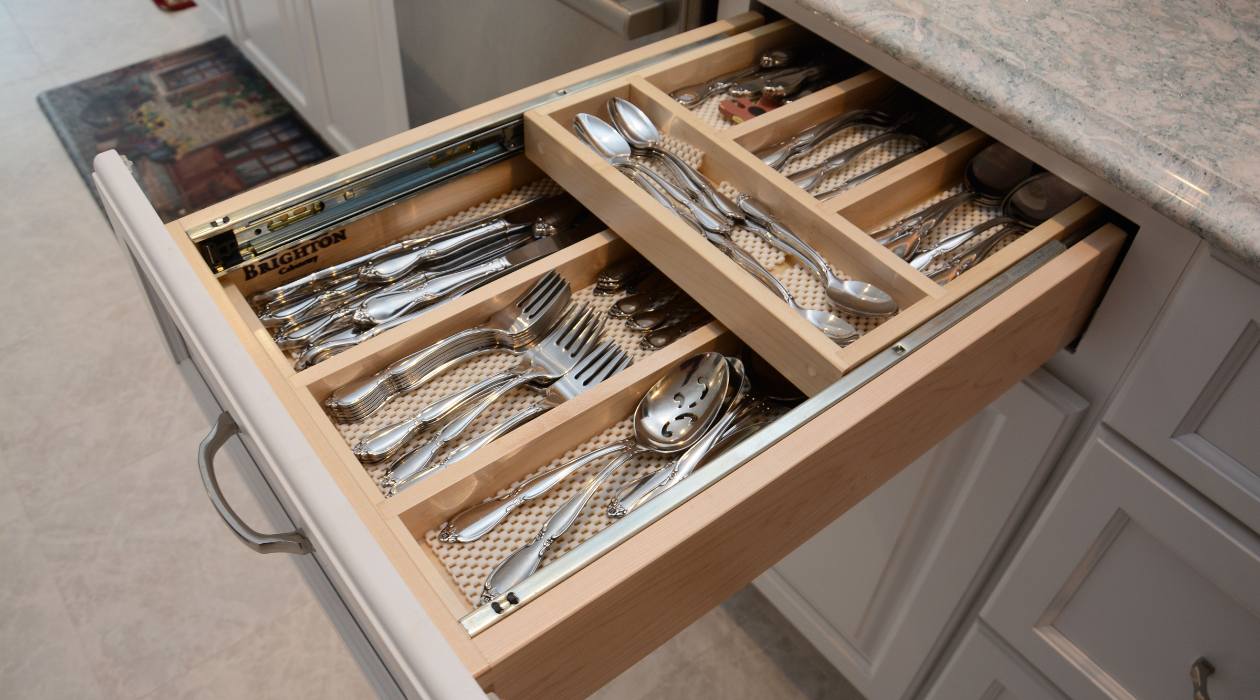
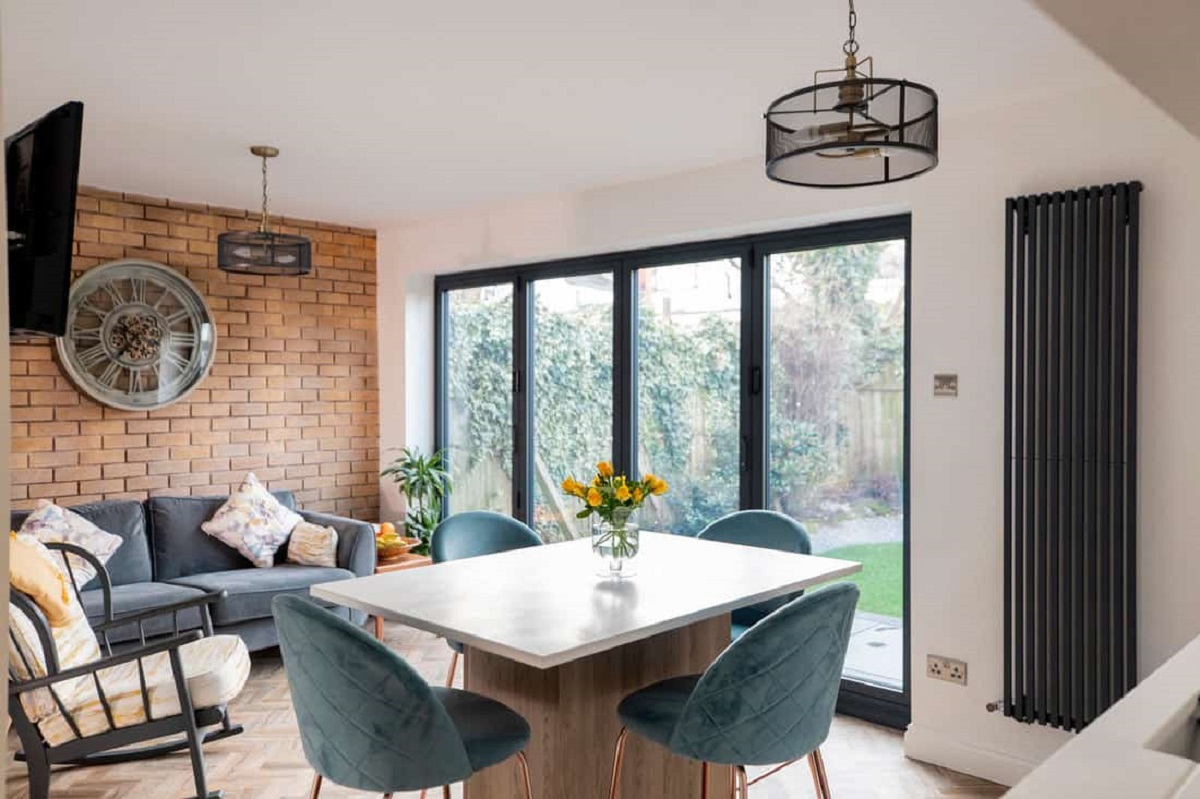
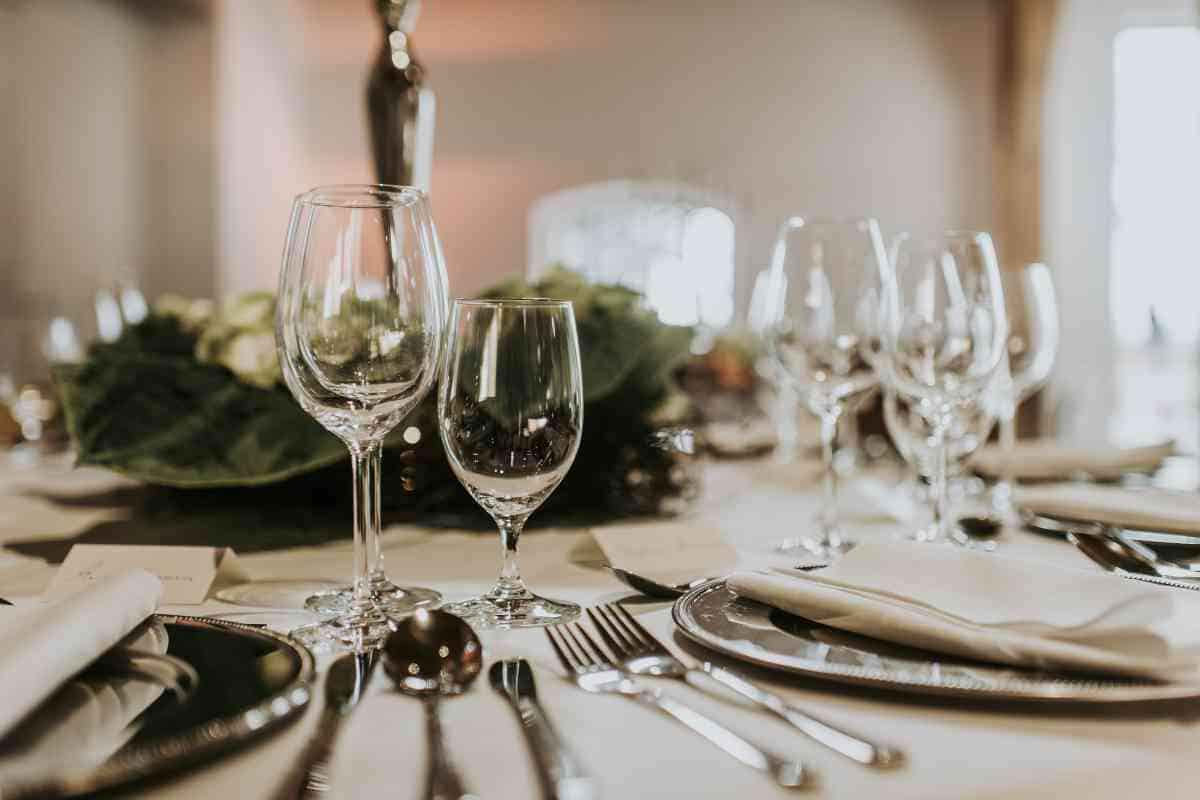
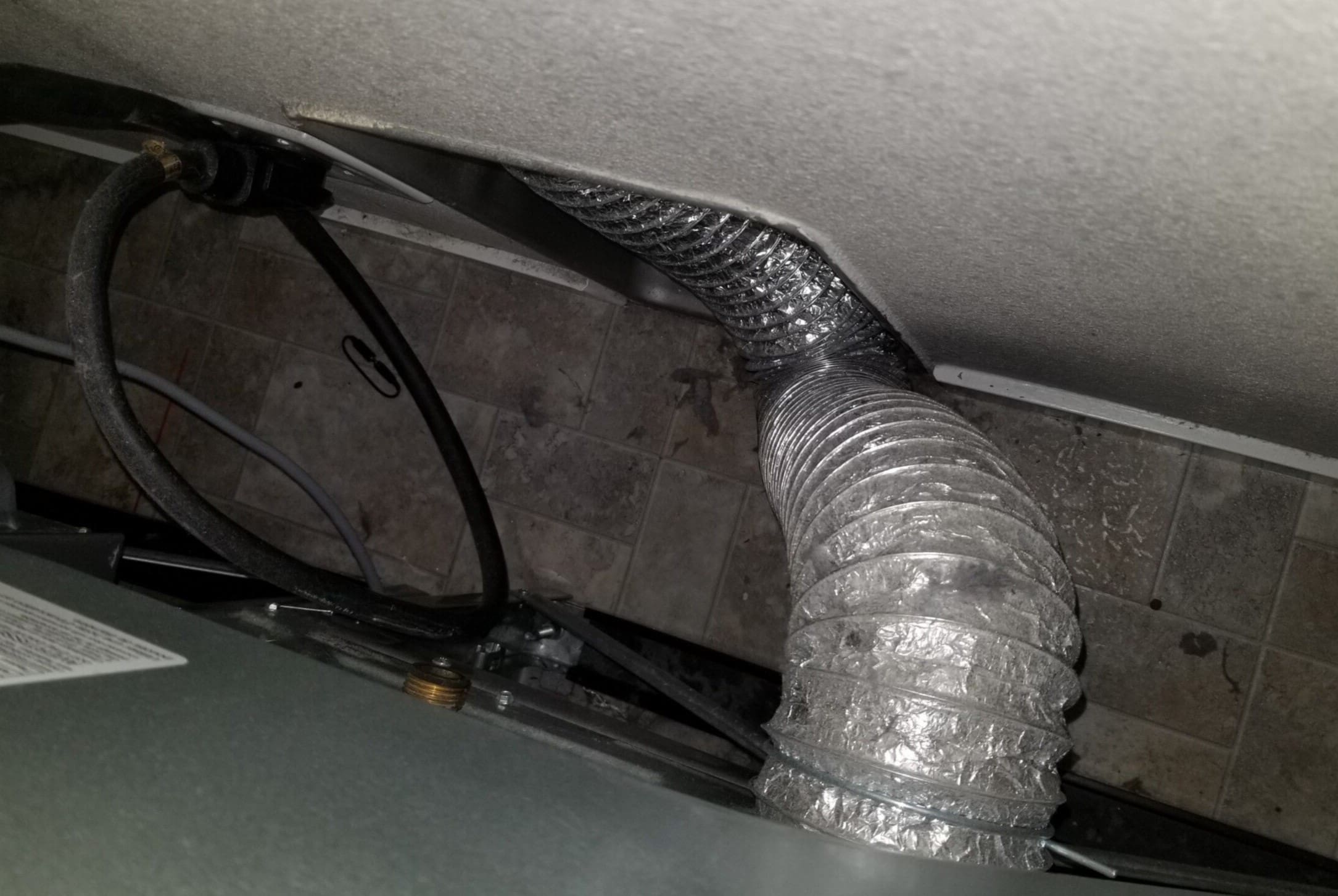
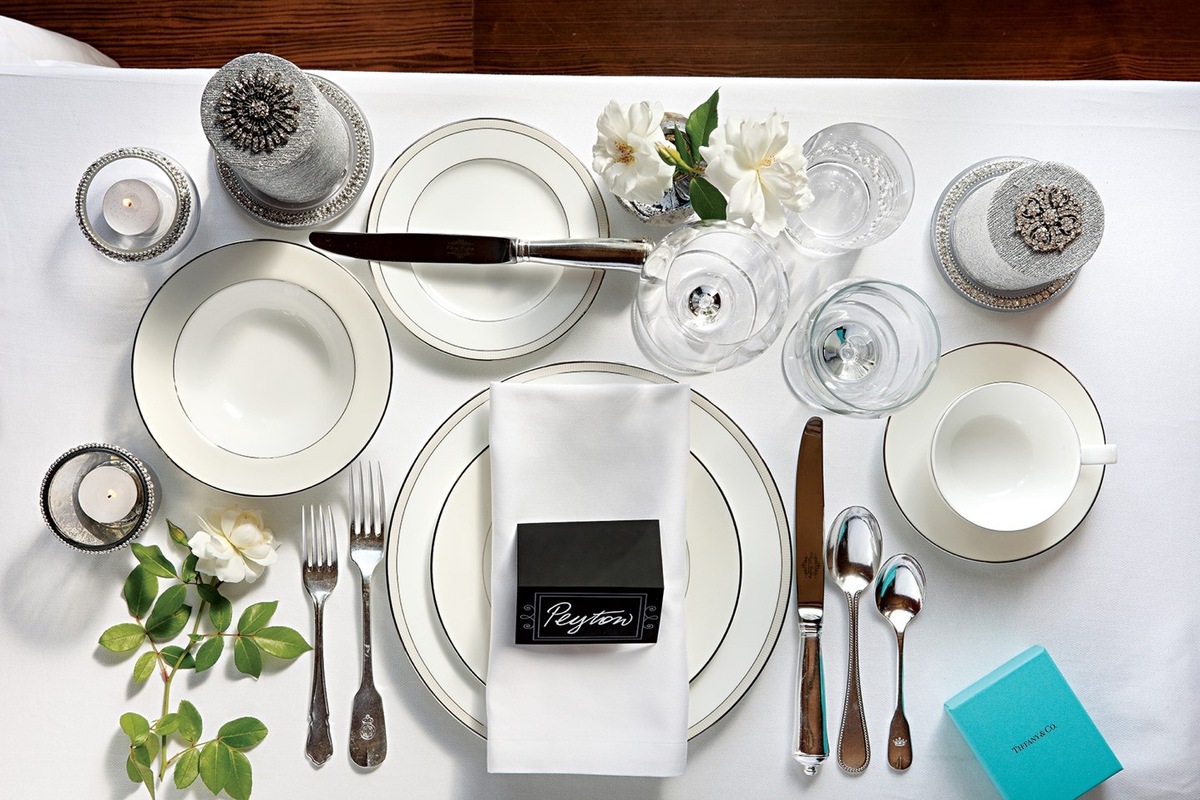

0 thoughts on “Where Does The Coffee Cup Go In A Place Setting?”